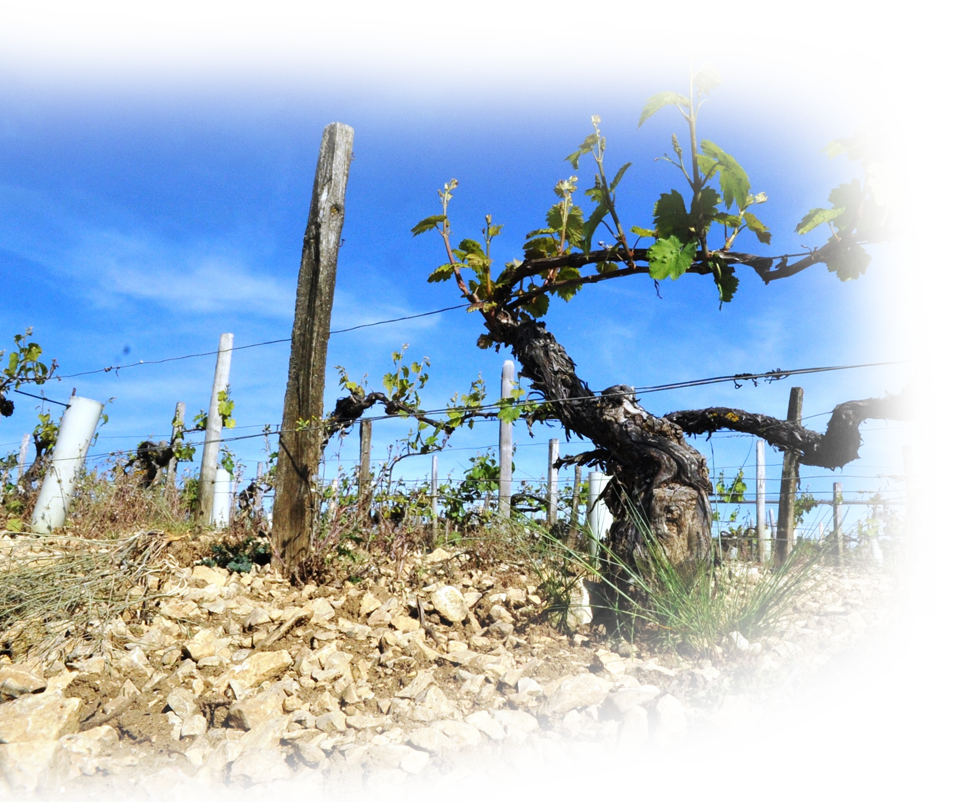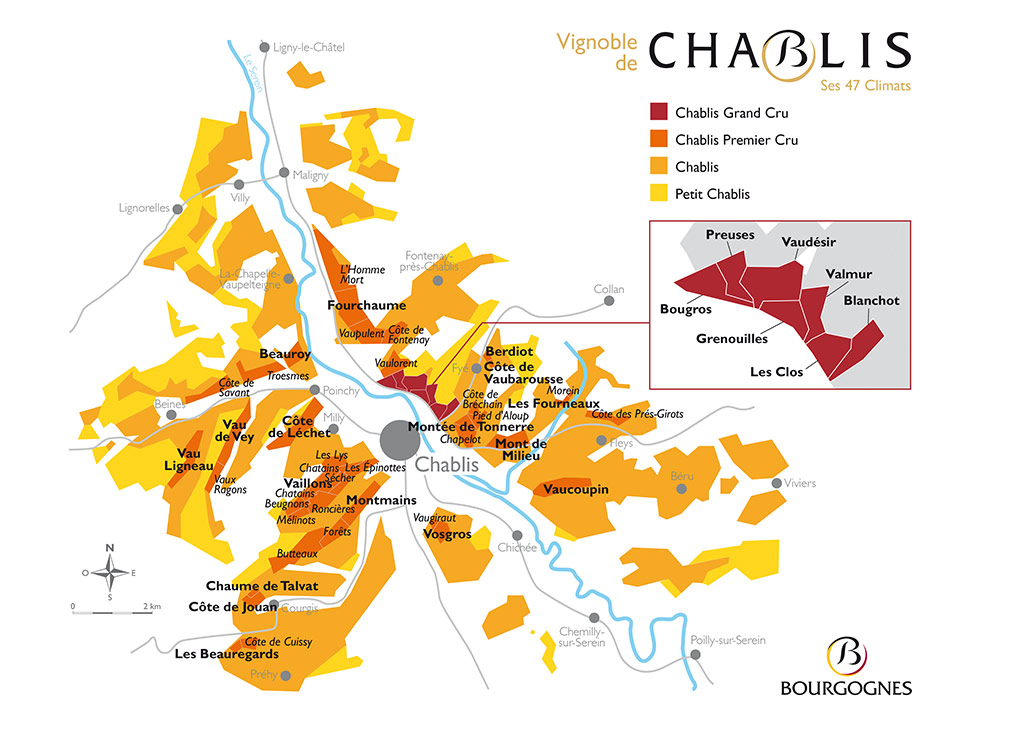
We owe the heart & soul, and character of our Chablis wines to our vines on the hillsides of our vineyards, imbedded on the soils from the Jurassic geological movement, which occurred nearly 150 million years ago.
Our intriguing and mysterious soil hosts fossils such as small oysters, scallops, sea snails and the ever marvelous ammonites.
Its layer is rather uniform, a type of chalky marl, with thin, marly limestone that contains layers enriched with seashells.Geologists call this the Kimmeridgian soil, a name as unique as the territory itself.
It was back in 1118, when the first grape vines were planted by the Pontigny monks, who were the agronomists of their time. This particularly complex and precise soil shapes the typicality of our wines. Even to this day, it is good, old Mother Nature who holds the secrets of this noble alchemy.
Only the wisdom of a Chablis winemaker can specify its complexities.
The known origins of our name “Chablis” go back to the 2nd century B.C. , and it is during the Middle Ages, in 854, that the monks from St.Martin de Tour, fleeing from the Vikings, came to find refuge in the St.Germain Abbey. They planted and cultivated a vineyard on the hillside facing the Serein River, giving birth to the Chablis Grand Cru wines, and it is in 1118 that the latter concluded an agreement with the Pontigny monks, giving them the right to exploit 36 acres of vines around Chablis. Moving along, it was in 1230 that the first harvesting periods appeared, which allowed us to note that hot, climatic periods is not just a phenomenon of our times! …
